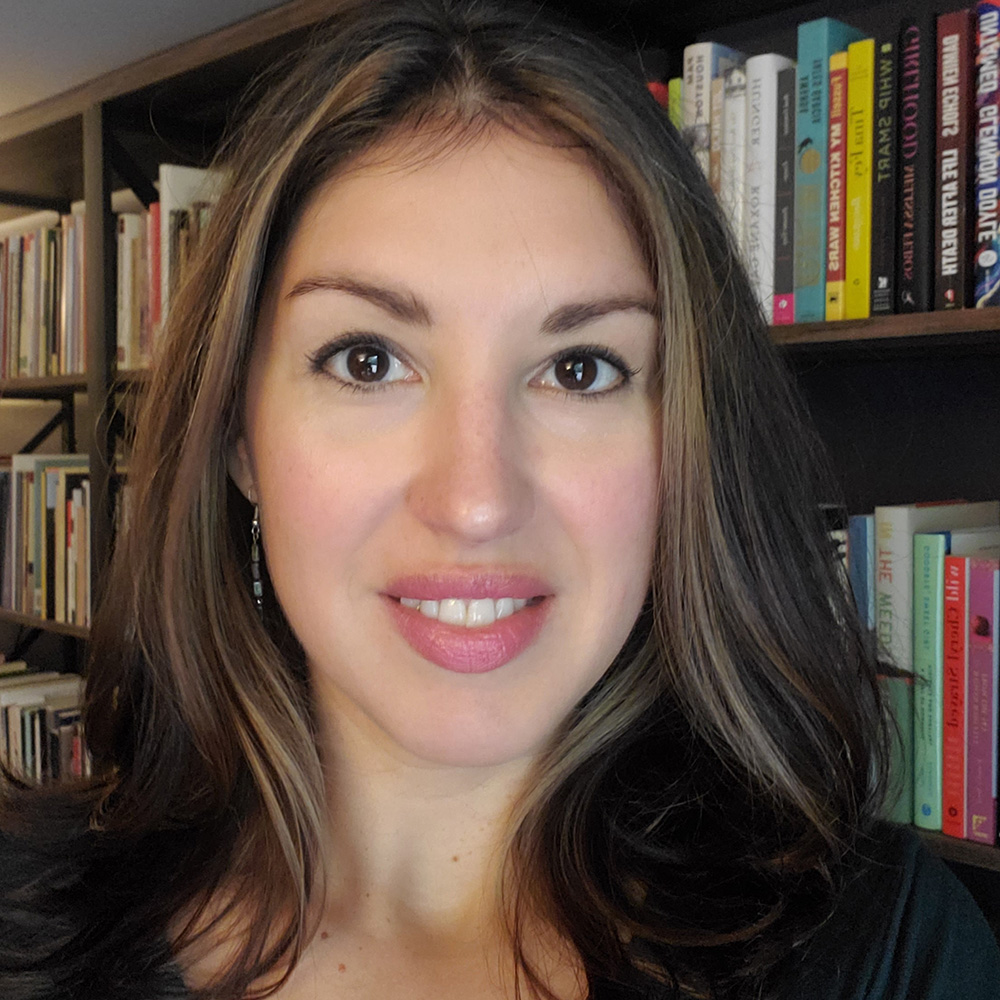
Story components: Scene and summary
Fiction writer Mary Jones wrote a recent post for Brevity with a story structure tip I have to share.
Jones recalls teaching two components of storytelling in a beginning creative writing class. She came up with an exercise to benefit these aspiring writers, who she said, “often have a tendency to want to write either all scene (events unfolding in real time with action and dialogue) or all summary (reveals essential backstory and covers a longer amount of time in a shorter space). However,” Jones continues, “except in rare cases, a story benefits from both scene and summary to come alive.
It's a trap we all fall into sometimes, when the story is fully formed in our own minds, when we can watch it like a movie playing out on a mental screen: we neglect context to focus on action (i.e., “all scene”) or we tell too much instead of showing anything (i.e., “all summary”). If the former, we might be forgetting that the reader doesn’t know this is a flashback, or that these two characters knew each other from decades ago, which gives depth to the unfolding scene. Or we might not trust the reader enough to grasp the context from a few well-placed summarizing paragraphs, so we over-explicate for pages in which nothing actually happens.
A writing exercise
Jones assigned her students an exercise to balance both scene and summary and connect past with present and/or future:
Think about a time you know well. Describe what always happened during this time in a single paragraph. (This paragraph is a summary). Then, using the phrase “one day” or “one time,” start a new paragraph in which this “routine” was interrupted by a specific event (a “scene”).
Such an exercise highlights the difference between scene and summary so that writers can practice developing them individually and balancing them with one another. Not all stories need to begin with summary and then shift to scene, but writing a few stories using this structural formula can help us become more aware of these separate elements and how we can integrate them in different ways, and in different places, in our stories.
If you ever struggle with story clarity or telling too much, I hope you’ll try this exercise. Let us know how it goes in the comments.
Related reading:
How creating a backstory can propel your character forward
How and why to plan your story like a party
Want to receive prompts, tips, and inspiration like this in your inbox every Sunday morning? Join our email list community! You will receive weekly advice, a year’s worth of weekly writing prompts as a FREE download, and be eligible to participate in our monthly photo prompt contest for a chance to share an original piece of writing with our community of more than 2,500 writers.
